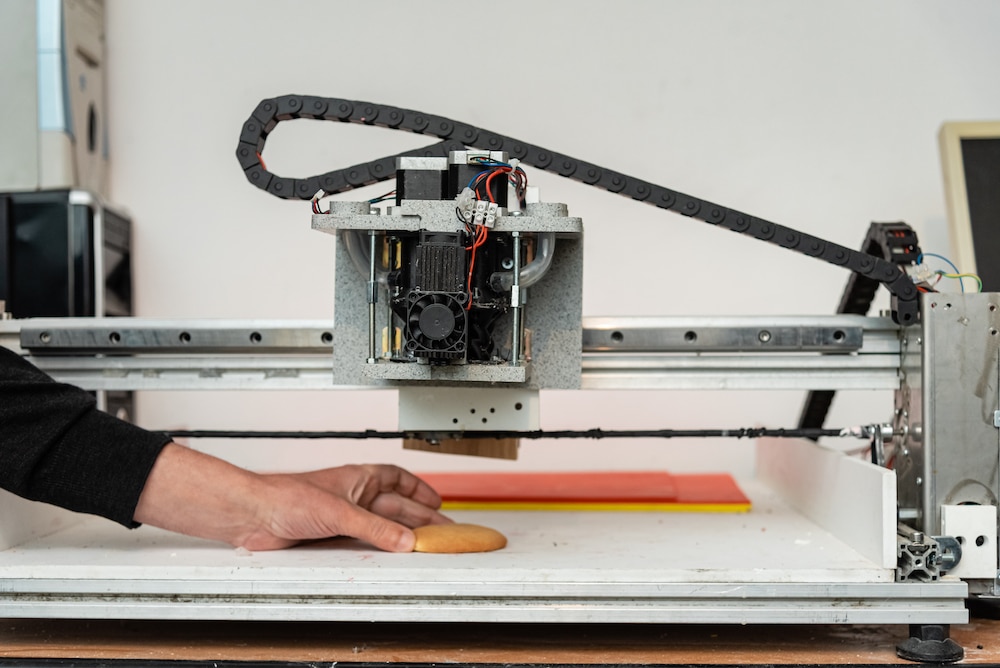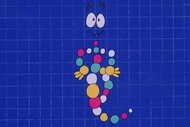Create a free profile to get unlimited access to exclusive videos, sweepstakes, and more!
Are 3D printed bug nuggets the future of food?
Just needs ketchup.

The 1999 action-adventure flick The Mummy had no shortage of flare and scares — not to mention turning Brendan Fraser into a dreamy action hero. While the titular mummy was frightening, with his penchant for absorbing the flesh of his victims to rebuild his own body, many viewers were even more terrified by the flesh-eating scarabs. Scenes of them devouring a person as quickly as they could cover them live in our minds more than two decades later.
The notion of bugs feasting on our bodies is enough to give anyone the heebie jeebies, but now humanity is turning the tables, quite literally. Various cultures around the world already rely on insects as a ready source of protein and now they might be coming to a dinner table near you.
In recent years there has been increased interest in expanding insects as a food source to the rest of the world. They’re of interest because of their relatively high protein content in addition to relying on less land and water resources to cultivate, something which is increasingly important in the face of anthropogenic climate change. There’s also the belief among the public that insects don’t come with the same ethical concerns as mammals, birds, and fish. It’s widely believed that they are incapable of suffering, though recent evidence suggests that may not be true.
In any event, it’s likely that the future of cuisine will include more insects than it does today and that will probably require some concerted efforts from food manufactures to make the creepy crawlies more palatable. That’s something scientists from the Singapore University of Technology and Design, along with colleagues from other institutions, are investigating through the use of 3D food printing, according to a study published in the journal Food Hydrocolloids.
Of course, placing a barrier between the consumer and the origin of their food is nothing new. Even conventional proteins like meat from animals go through a rigorous process between farm and table in an effort to divorce the experience of eating from the often-unappetizing reality of producing meat. The reason meat is processed and packaged the way it is has myriad reasons, including sanitation, but the fact that you can buy a steak without thinking about the cow isn’t an accident.
At present, however, insect proteins don’t go through the same process and are generally offered up more or less whole. There’s no forgetting that you’re eating a grasshopper when its vacant deep-fried eyes are staring back at you. That’s where 3D printing comes in.
Researchers developed a method by which they could incorporate alternative proteins (read: bugs) into food inks suitable for 3D printing. Moreover, they’ve been able to combine various insect proteins with more commonly eaten food like carrots as well as xanthan gum as a stabilizer, in an effort to make them taste more familiar while hiding their true origins.
The result of the work was a collection of 3D printed nuggets comprised of various mixtures of vegetables, algae, and insects, including cricket, black soldier fly larvae, and sericin (a protein created by silkworms). The process allows researchers and ultimately manufacturers to control the taste of their mixtures. Printing allows them to create morsels in familiar and fun shapes. In experiments, researchers crafted pyramids, octopuses, and turtles made from alternative proteins, but one can imagine a future in which children scarf down a plate of dinosaur-shaped nuggets, none the wiser that their chicken has been replaced with bugs.















